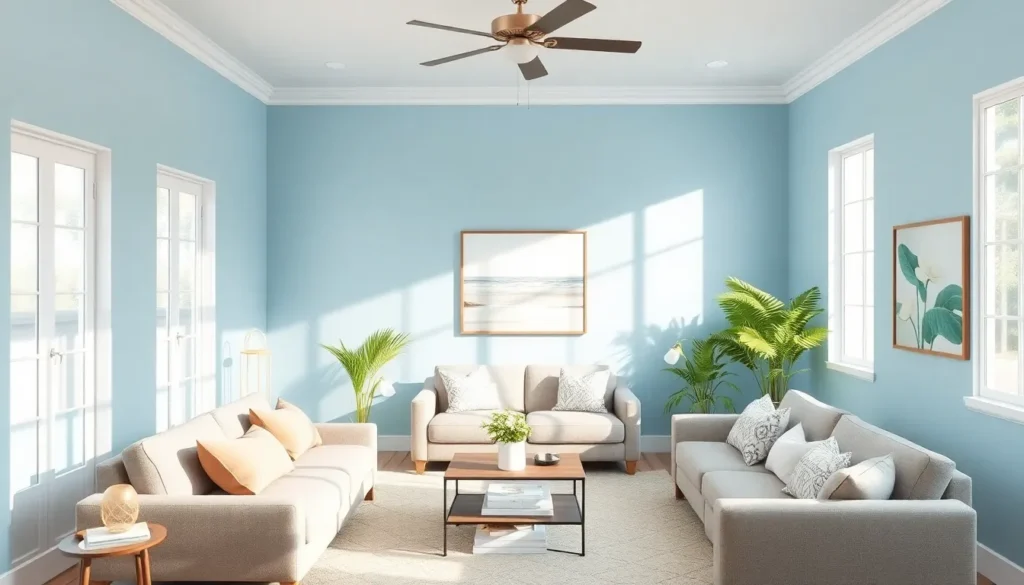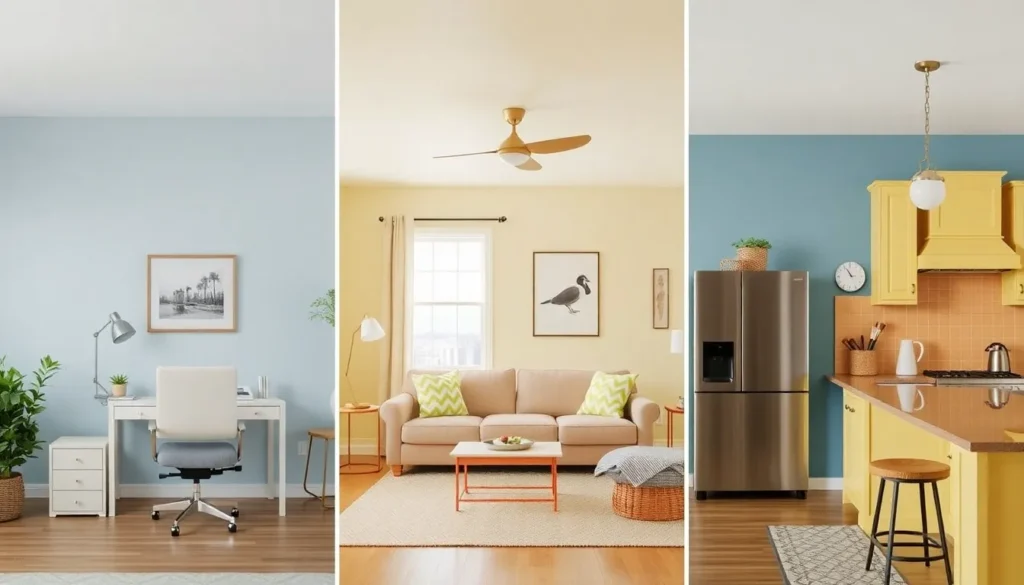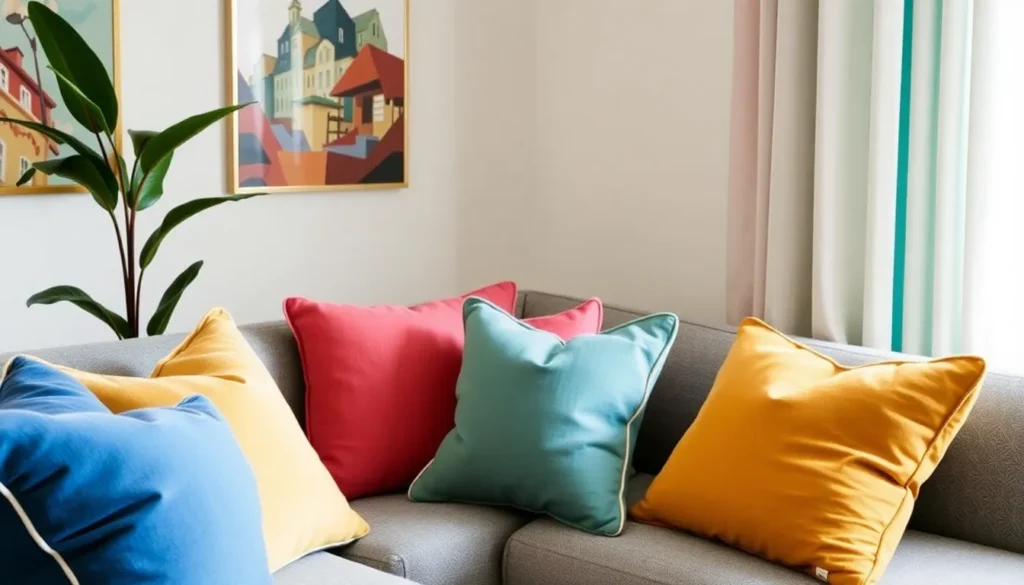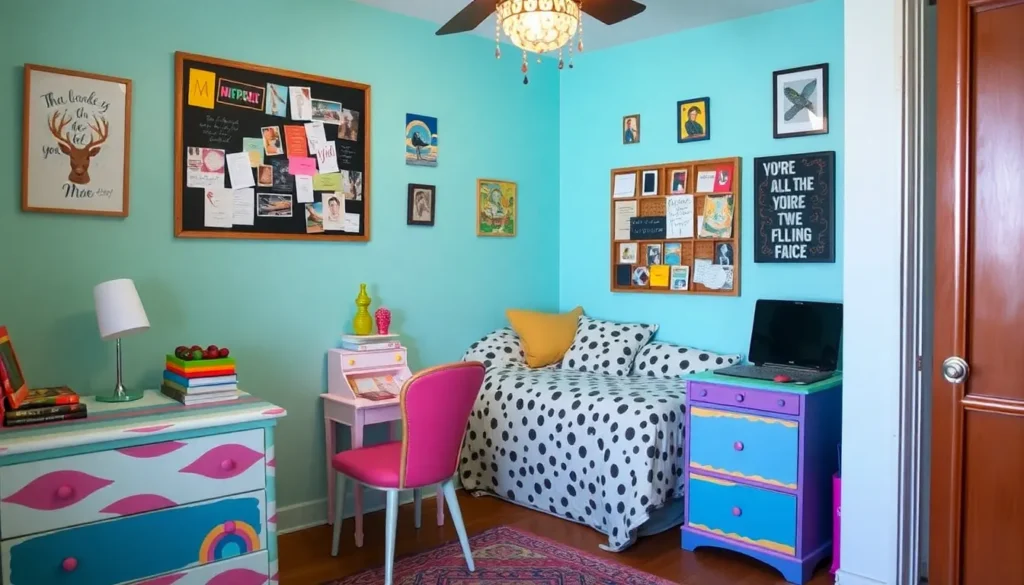Ever wonder why certain rooms feel cozy while others feel energizing? The answer often lies in color psychology in home decor. Choosing the right hues for your space can affect your mood, energy, and even how much time people want to spend there. Let’s explore how to use color intentionally when styling your home.

Understanding the Mood Behind Each Color
Colors aren’t just pretty—they influence how we feel. Warm colors like red and orange can create energy and passion. Cool tones like blue and green often promote calm and relaxation.
For instance, using green in a bedroom can help you unwind after a long day. Meanwhile, a splash of yellow in the kitchen brings cheerfulness and optimism. Because of this, selecting the right palette is more than just a style choice.
Matching Colors With Room Purpose
Every room serves a different function, so the color should support its purpose. A home office might benefit from soft blues or muted grays to increase focus. On the other hand, a living room can shine with warm neutrals that encourage conversation and comfort.
Try using accent walls to bring a burst of color without overwhelming the space. Even adding throw pillows or rugs in specific hues can make a big difference. Keep practicality in mind while still expressing your personality.

Small Changes With Big Impact
You don’t need a full renovation to see results. Even small updates—like changing curtains, lampshades, or artwork—can shift the room’s energy. These subtle details are affordable and simple.
Consider experimenting with seasonal color changes. For example, soft pastels in spring bring freshness, while deeper tones in winter make a room feel warm. These shifts help keep your space feeling dynamic and alive.

Balancing Bold and Neutral Shades
A common concern is overusing bold colors. To avoid this, use them as accents while keeping the base palette neutral. This creates harmony and visual interest without overwhelming the senses.
If you love vibrant colors, balance them with white, beige, or soft gray. These tones ground your space while letting your personality shine. It’s all about thoughtful layering and restraint.
Personalizing Your Color Choices
The most important part of using color psychology in home decor is making sure it reflects you. Start by thinking about how you want to feel in each room. Then build a palette that supports that emotion.
For a playful touch, include DIY projects like hand-painted wall art or customized furniture. Not only does this make your space unique, but it also gives you creative control. Explore more ideas in our DIY & Crafts and Room Inspiration categories.

Now that you understand how color influences your space, it’s time to take action. Begin with one room and try a few intentional color updates. You’ll be surprised by how much the atmosphere can change with just a few tweaks.
